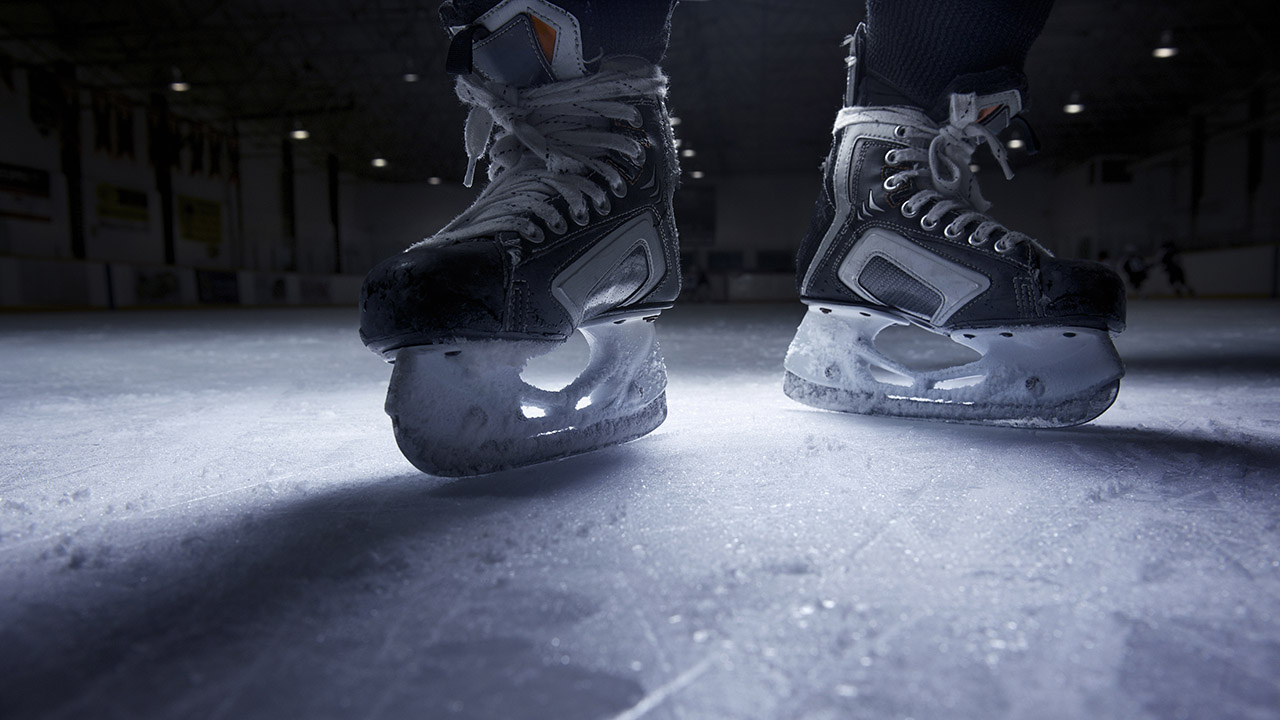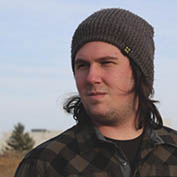The complexities of hockey culture in Canada
 CREDIT: FRANCISBLACK
CREDIT: FRANCISBLACKThe culture of hockey has been blown wide open in recent months. How do we move forward?
There are countries in the world that have a sport that is beloved by all who live there. In Brazil, for instance, the sport of soccer is so cherished that many consider it a religion due to how popular and devoted people are to it.
In the eyes of many Canadians, the one sport that is celebrated nationwide is hockey. Hockey has weaved its way into Canadian culture for at least the last 100 years. It grew from the foundation of the National Hockey League (NHL) in 1917 with the introduction of six teams, three of which were based in Canadian cities.
Today, hockey has been integrated into Canadians’ DNA as it has become more than just a sport. TV shows have profited off of creating comedy basing it on the stereotypes of hockey players. But after the charging of five NHL players following an alleged sexual assault in 2018, right here in London, it’s clear these stereotypes aren’t something to be laughed about. The controversy of this assault, and the scandal that has followed it since London Police initially dropped their investigation back in 2019, has no doubt shed a negative light on the culture of hockey.
David Monteith, a professor who teaches a hockey culture course at Fanshawe, explained how multiple factors contribute to it, but one that stands out is idolization.
“We have to be careful not to say that all hockey players are toxic, but there are a lot of instances that lead to a tipping point,” Monteith said. “It always reminds me of when Theo Fleury said that hockey players, in general, are egomaniacs with inferiority complexes. The idea that he has there, is that players have to give everything to hockey and if they come from a small town and are very good, then they’re seen like a quarterback in an American city, so people know everything about them and they treat the player like a hero.”
According to Monteith, not all players have a chance to make it to the big leagues or play for their national team. Despite being uplifted by their communities to a point where they may feel invincible, many players will likely never see the NHL.
“There’s also this concept of egomaniac coinciding along with this concept of inferiority and the inferiority comes from the fact that the majority of players don’t make it to the NHL so they are putting all of their eggs in one basket,” he explained. “They’re treated like they’re all-stars growing up, but then when they get to a certain level like the OHL, it’s a very small percentage that makes it to the NHL every year. I think a lot of the toxicity comes from that sense of being a big fish in a small pond.”
Then there’s the violence. Violence in hockey is one of the most sought-after aspects of the sport for both the players and fans. From the aggressive body checks to the outright fistfights that could break out at any moment in the game, the violence turns the atmosphere of the arena into the sensation of an ancient Roman Colosseum with the players acting as gladiators. What’s more bizarre is how the theme of violence has seeped its way into the games of leagues containing players who are children, which if not appropriately regulated could snowball into a much bigger issue for a new generation of players.
“It starts at the NHL level and it trickles down,” Monteith said. “If it’s condoned at that level it tends to seep down into the lower leagues and then into farm hockey and everything else. The problem is when you talk to people about it, including people like Gary Bettman, who’s come on and said, you know, ‘We don’t necessarily need to suspend players for sexual transgressions,’ it’s like, what are you saying there? You’re saying you are condoning this toxic behaviour and what you do is you send a message saying listen, ‘You’re a hockey player. You make a lot of money for us, we’re going to let you get away with that.’”
With hockey being a full-body contact sport, players are prone to suffering injuries with a multitude of life-long consequences that affect them physically and mentally. Concussions are one of the leading injuries hockey players face and could worsen one’s cognitive function. The topic of players’ mental health was never heavily discussed amongst teams and organizations themselves. The NHL notoriously would sweep the issues under the rug when addressing them and would deem it as being, “just in the players’ heads.”
“Unfortunately, like so many things that we do in society, you have to wait for the crisis point before you start to try to remedy it instead of trying to try to remedy the crisis before it gets there,” said Monteith. “They do have some things in place to try to help with substance abuse and the problems of this stuff, but they need more. Not just funding, but mentorship that starts at the lowest levels of hockey all the way through, with proper guidance and mentorship in life skills.”
At the beginning of this past year, the National Hockey Players Association (NHLPA) created a specific program designed to help players who may be struggling with issues.
Like every other sporting league, each has its fair share of bad apples. While it’s clear systematic actions are needed to fix the culture of hockey the way it stands, each player is responsible for the way they carry themselves on and off the ice and the image of the sport should not depend on one person’s actions.
















